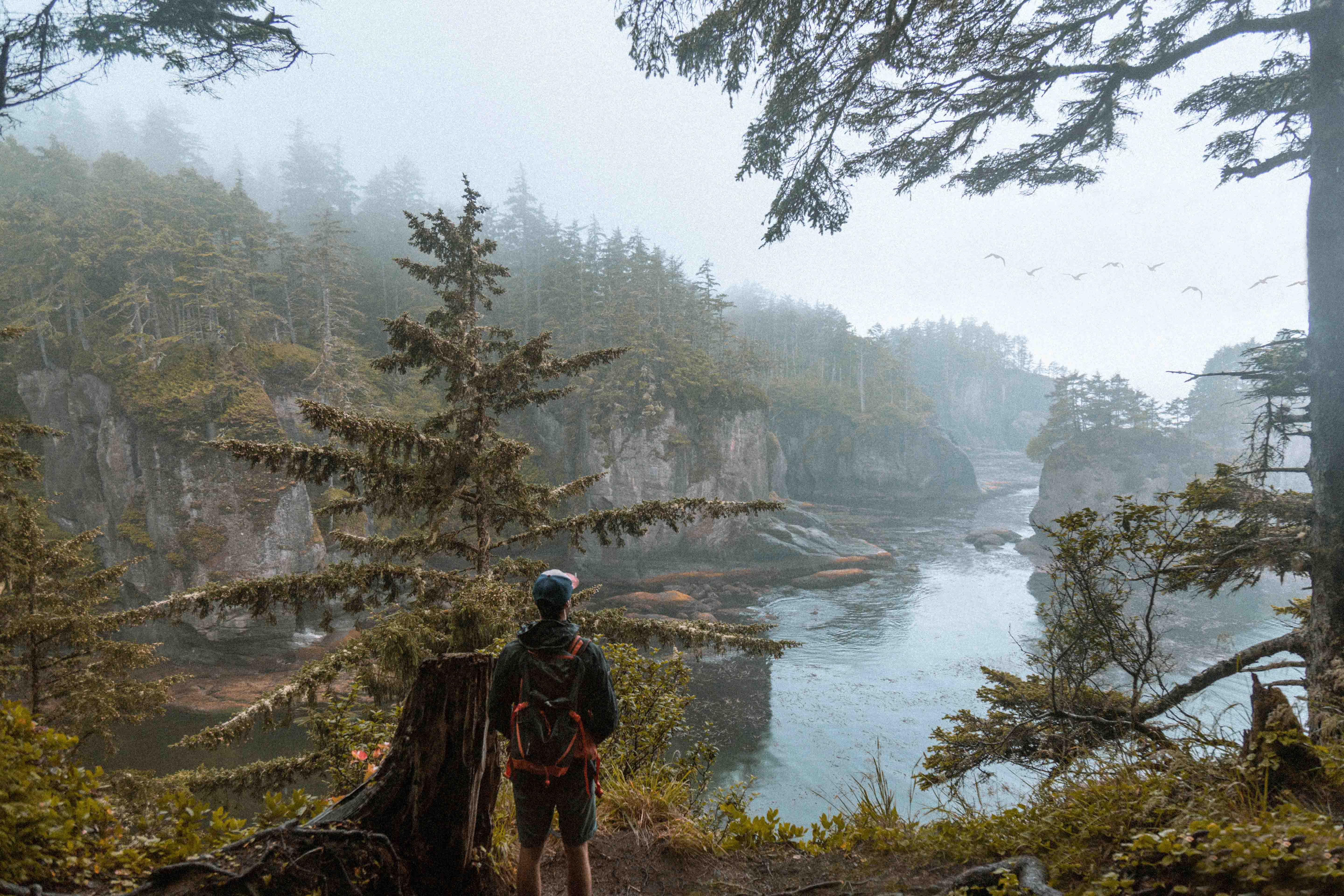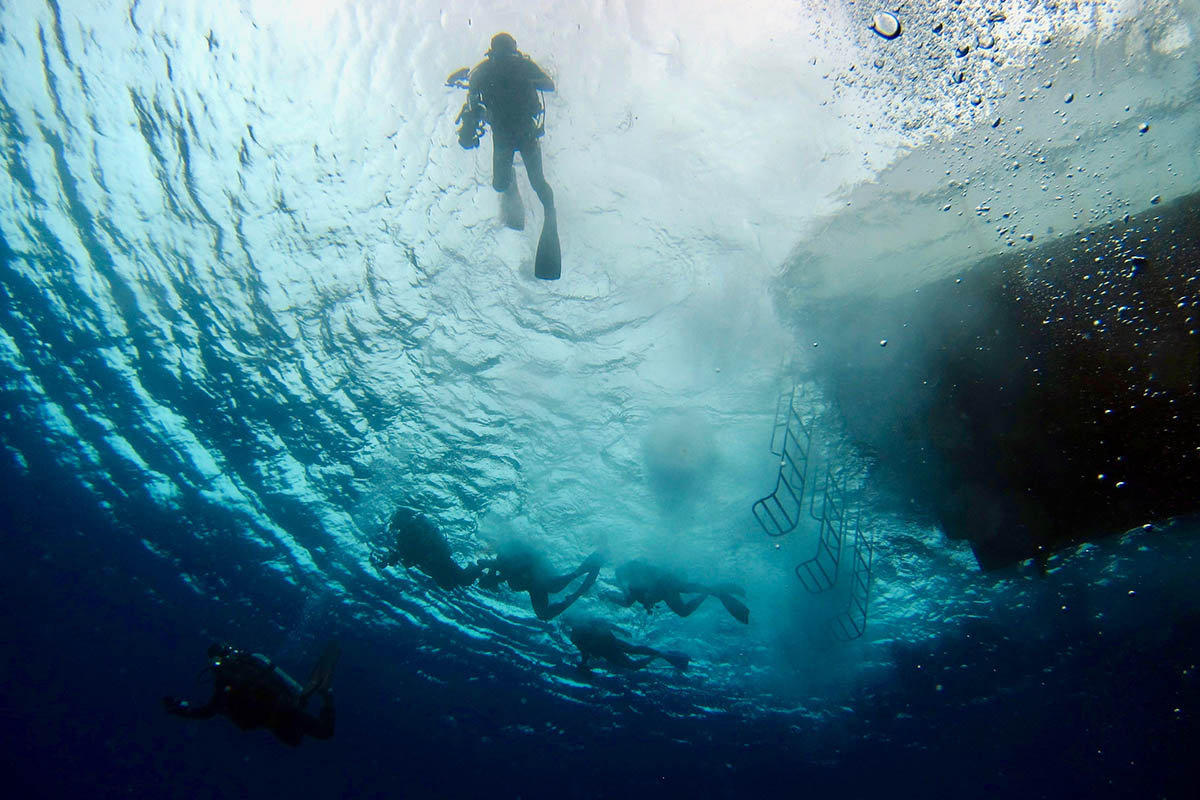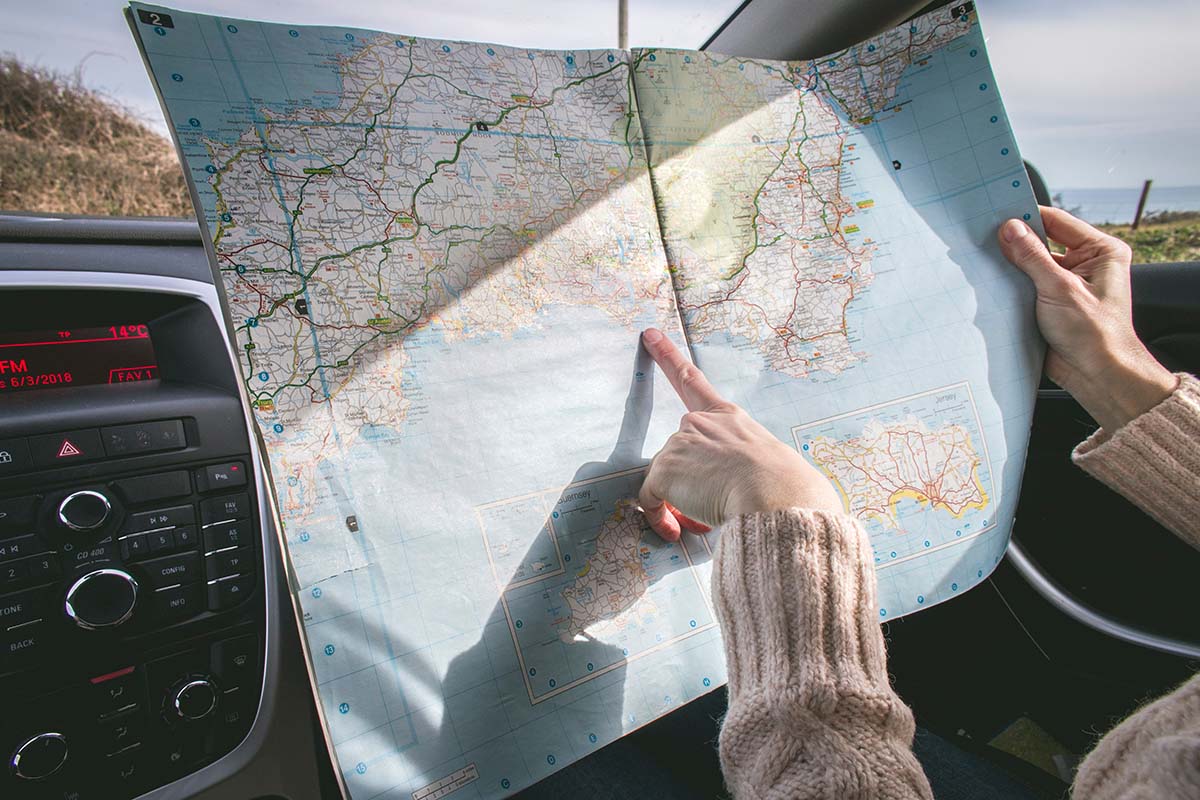Wild Animals to See While Hiking in North America
Now that summer is fast approaching it is time to enjoy the great outdoors. Hiking means a possibly encountering North America’s wildest animals in their natural surroundings – Wild Animals You Might See While Hiking in North America.
Expert hunters don’t have to worry about this as they know exactly what to do in case they meet one along the way. But it is still best to know what you are up against.
Here are five wild animals you might encounter while hiking with walking sticks in North America.
North American Beaver
This is a rodent which measures 120 cm long, and it weighs around 35 to 70 lbs. The North American beaver is considered as the largest rodents in the continent.
This animal has rough gray-brown fur, four pronounced brown incisors, and a long tail.
The beaver’s short forefeet are used for digging of burrows and handling food. The beaver uses its webbed hind feet, and scaly rubber tail to swim and dive into the water.
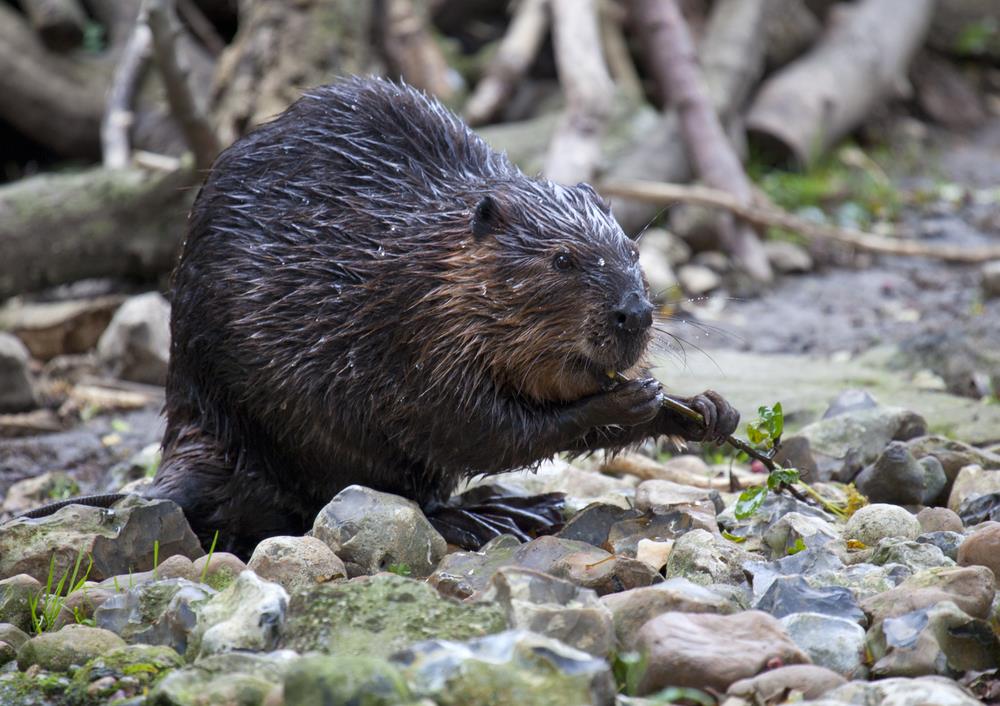
They survive by eating bark, roots, leaves, water plants, twigs, and roots. They are active during winter and swims in ponds even in a cold condition.
Typically, they live in wetlands like ponds, lakes, and streams where there are lots of food for them.
The animal creates its habitat when the condition is not suitable, by building dams by knocking trees using its powerful jaws, and building mud structures to block streams, and construct ponds in forests to live there.
The North American beaver does not attack humans not unless they feel threatened and their life is in danger. If they encounter human beings, they just swim away and hide.
Coyote

The coyote can quickly adapt to its environment and continue to expand into a range of habitats. This animal can thrive in urban areas. Therefore, it is essential that you know how to deal with coyotes when you encounter one in the wild.
You should not have an adverse interaction with the coyote. Humans and coyote can go along with each other if people take the necessary steps on how to prevent negative interactions.
If you are hiking in areas where coyote lives, make sure that they know that you are thereby creating some noise or you can carry a bell. By doing this, they will likely leave the area.
But if in case they suddenly appear in front of you, the best thing you can do is to shout and yell, use your whistle if you have one, wave your arms and stomp your feet.
If this stuff did not scare away the coyote, try throwing rocks or sticks but not directly at the animal.
The Black Bear
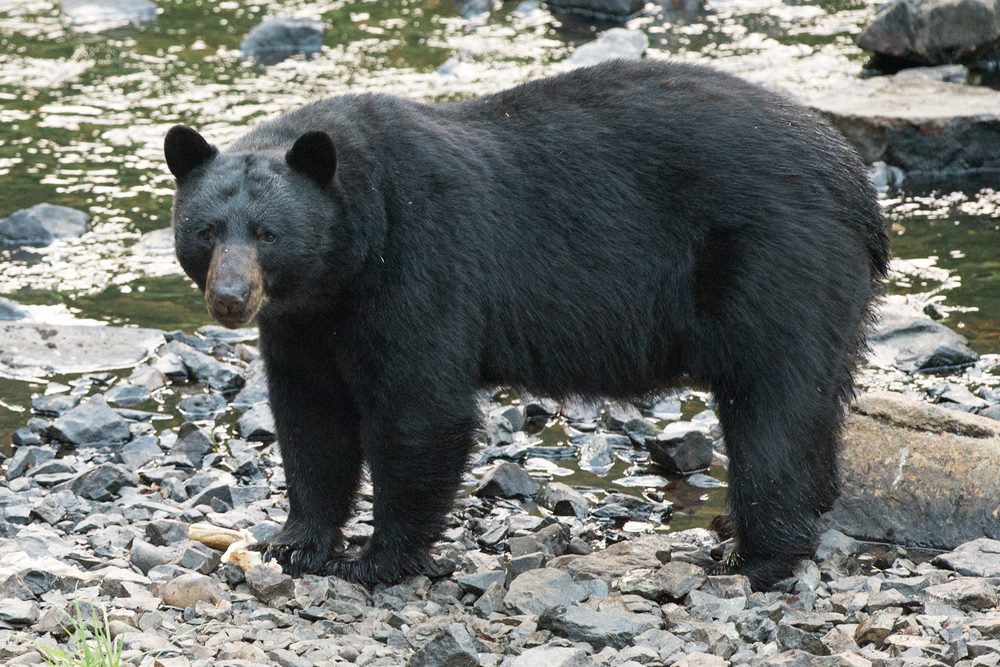
One of the most famous wild animals that you can encounter in North America is the black bear. You should learn to live in the area with the bear.
If the bear comes out of hibernation, they will be looking for food.
Because there will be less food in the wild, some bears are lured into the towns to eat the left out food, eat garbage and
pet food.
Your first encounter with the bear might frighten you a lot. This is normal. Most professional hikers have a good relationship with the bears.
Keep in mind, bears prefer to avoid contact with people, and any bear you see is as frightened as the human.
Stay calm as much as possible and follow these simple guidelines if you encounter one along the way.
- Avoid the bears if you can. This is the best way to prevent any
untoward encounter with them. - If you cannot avoid them, keep calm and make sure you carry your
bear spray with you. If you are joining a group of hikers, make sure that
you stay together. - If you notice a bear from a distance never approach it, instead give it as
much room as possible.
The Wolves
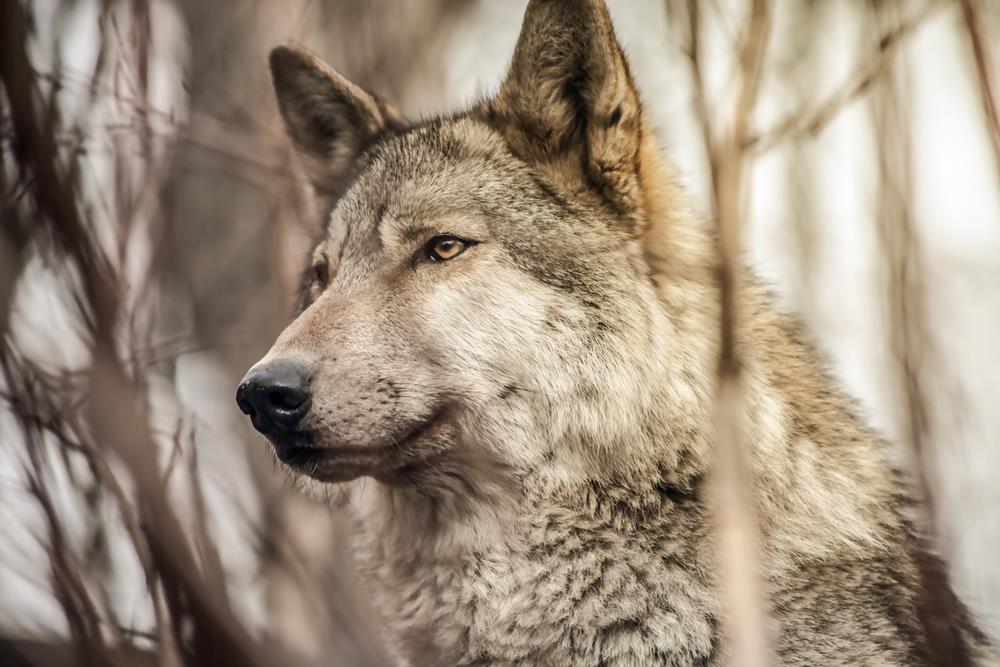
Most people are scared of wolves, because of its nature of attacking humans. It’s the wolf’s way of protecting themselves.
Other wolves are secretive and would simply run away if they encounter human.
There are things that you can do to avoid this animal and keep them away from your path. Keeping these things in mind will prevent wolves and human interaction.
Tips on How to Deal with Wolves
It is safer if you stay away from the wolves. Never go near them. If you encounter one and he seems to be aggressive, take the following steps on how to deal with it:
- Run away before the wolf gets within 100 meters. But do not turn your
back on the wolf. Do this slowly and carefully. - Make yourself look bigger by waving your arms high in the air. It is
essential that you carry a whistle or anything that can produce noise
while in the wild. You can also throw sticks, sand, and rocks to scare
the wolf away. - If you are in a group, create a unison to send a message to the wolf
that he is not welcome. - Pepper spray can also scare the wolf away. Make sure you know-how
to do operate it.
The Snakes
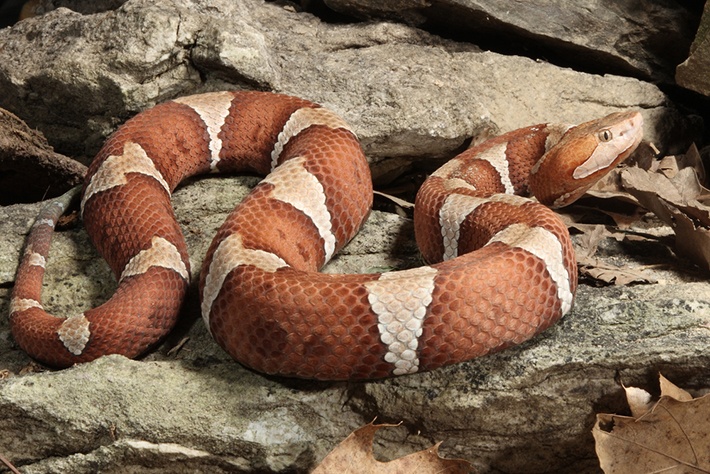
Snakes are only one of the many species that you might encounter in the wild. Understanding this wild animal is the key to dealing with them.
Everybody knows that the wild is full of this kind of creature particularly the copperhead snake.
It is their home along with other wild animals. Here are some guidelines to make your outdoor adventures snake-friendly.
- Check with the national park ranger or local biologist as to what species of
snake you may encounter. Knowing what type of snake, you will encounter
is important so you will be able to deal with it accordingly. - Keep in mind that snakes take cover in rocky crevices, debris or leaf litter
during the hottest part of the day. Make sure that you stay away with them. - Sometimes no matter how hard you try to prevent a snake encounter,
there is a possibility that you will bump into one. The first thing you need to
do is to give the snake some space. Leave the snake alone. Do not
attempt to touch it or go near them.
The five wild animals mentioned above are only some of the many creatures that you might encounter while hiking.
To keep your hiking activities safe and fun makes sure that you remember the above tips on how to deal with these animals. You also need to equip yourself with safety gear like a boot knife.
It is a favorite gadget for hiking that you can use not just to deal with dangerous creatures but also to cut branches or anything that might block your way.
However, you need to learn how to wear a boot knife properly to avoid accidents and injury. Respecting their territories and learning how to deal with these animals is the secret for enjoyable and safe hiking.
Bio: Melanie Campbell is an outdoor and camping enthusiast behind Ardent Footsteps, enjoying this beautiful world since 2010.
She shares expert advice when it comes to camping and outdoor trekking. With the main focus on making the most out of camping and outdoor adventures, Melanie will get you to want to go out today!
